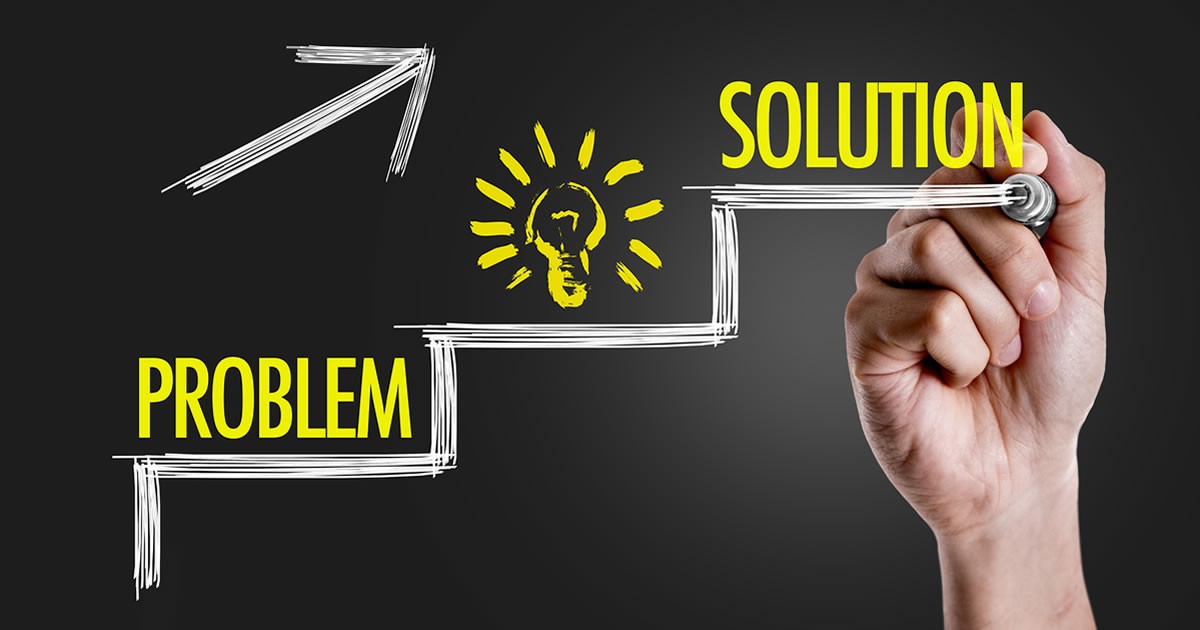1. サマリー:衝突は“学びの実験室”
兄弟げんかや友だち同士の口論は、一見すると避けたい出来事ですが、幼児教育の視点では社会性や自己調整力を磨く絶好のチャンスです。本稿では、ケンカを「ダメなもの」と切り捨てず、“安全な実験”として活用する方法を紹介します。焦点は ①ケンカが伸ばす非認知能力 ②年齢とともに変化するトラブルの質 ③解決プロセスを教えるステップバイステップ法 ④親の介入ガイドライン ⑤家庭と園・学校をつなぐ振り返りツールの5つです。本記事を読み終える頃には、涙や怒号に慌てる代わりに「今こそ学びの瞬間だ」と落ち着いて行動できる視点が身につくでしょう。
2. ケンカが育む“非認知能力”
非認知能力とは、テストで数値化しにくい協調性・粘り強さ・感情制御などの力を指します。ケンカはこれらを総合的に鍛える“トライアスロン”です。たとえば口論は**感情調整(自分の怒りを扱う力)と視点取得(相手の気持ちを想像する力)を同時に要求します。専門用語として出てくる“エモーション・レギュレーション=感情調整”は、脳の前頭前野が司るスキルで、繰り返しの実践で強化されることが脳画像研究で判明しています。保護者が「謝りなさい!」と即時解決してしまうと、子どもは自力で感情と向き合う機会を失い、非認知能力の伸びが鈍化する恐れがあります。
3. 年齢別トラブルの特徴と発達課題
3~4歳は“自己中心期”で、おもちゃの奪い合いが主。ここでは所有感を認めつつ共有体験に導くことが課題です。5~6歳になるとルールゲームの比重が増え、勝敗に伴う不公平感や論理的主張が衝突の火種になります。小学校低学年では仲間関係が広がり、悪口・除け者行為など“言語的攻撃”が登場。この段階で大切なのは、感情と言葉をつなぐメタ言語意識を育てること。年齢ごとの発達課題を理解しておくと、ケンカの背景にある成長テーマが見え、対応を誤りません。
4. 解決プロセスを学ぶステップバイステップ法
1️⃣ クールダウン:30秒の深呼吸タイムで身体反応を落ち着ける。2️⃣ 事実確認:AとB双方に「何が起きた?」と“事実だけ”を聞き取る。3️⃣ 感情ラベリング:怒り・悲しみ・悔しさなど感情語彙を子ども自身に言わせる。4️⃣ ニーズ探し:「~したかった」「~が欲しかった」と欲求を可視化。5️⃣ 代替案ブレスト:双方が“やりたいこと”を満たす別案を3つ以上挙げる。6️⃣ 合意形成:実行可能な案を選び「○分貸す→交換」など具体化。7️⃣ 振り返り:解決後に「何がうまくいった?」を共有し学習を定着。
この手順は問題解決学で“ソーシャル・プロブレム・ソルビング”と呼ばれ、反復するほど自走力が高まります。
5. 親が介入するときのゴールデンルール
- 安全確保優先:身体的危険がある場合のみ即時止める。
- ジャッジよりファシリテート:善悪判定を急がず、対話進行役に徹する。
- Iメッセージモデル:「私は~と感じたよ」と自分の感情を主語に伝え、手本を示す。
- 過去の罪状リストを出さない:今この場の衝突に焦点を絞る。
- 解決後の承認:「自分で折り合いつけられたね」とプロセスを褒める。
これらを守ることで、親の介入は“依存を生む仲裁”ではなく“自立を促す支援”へと変わります。
6. 家庭と園・学校をつなぐトラブル振り返りツール
◎ケンカログシート:日時・場所・きっかけ・解決方法を親子で記録し、先生と共有。
◎感情温度計:0~10のスケールで怒りを数値化し変化を視覚化。
◎リペアカード:謝罪・お願い・提案など修復フレーズをイラスト付きカードで学び、現場で提示。
これらツールを使うと、大人同士の情報共有がスムーズになり、子どもも“振り返る習慣”を獲得します。ICTを活用して写真や音声で記録すれば、言語化が苦手な子も参加しやすく、保育者・教師も状況を客観的に把握できます。
7. まとめ:小さな衝突を大きな学びへ
ケンカは未熟さの表出ではなく、成長エネルギーの放電です。焦らず待ち、安全を確保し、解決プロセスを一緒に歩むことで、子どもは①感情調整②視点取得③問題解決④合意形成という生涯使えるスキルを獲得します。親は“審判”ではなく“コーチ”として、ルールと安心をセットで提供しましょう。明日また火花が散っても大丈夫――その場こそ、子どもが社会で羽ばたくためのリハーサルステージなのです。
Is Conflict a Chance to Grow? Learning the Process of Resolving Troubles
1. Summary: Conflict as a “Learning Laboratory”
Sibling squabbles and quarrels with friends may look like events to avoid, yet from an early-childhood-education viewpoint they are prime opportunities to polish social skills and self-regulation. This post shows how to treat fights not as “bad things” but as safe experiments. We focus on five points:
- How conflict develops non-cognitive skills
- How the nature of trouble changes with age
- A step-by-step method for teaching resolution skills
- Guidelines for parental intervention
- Reflection tools that link home and school
By the end, you should be able to greet tears and shouting with the thought, “Now is a moment of learning,” and act calmly and constructively.
2. How Conflict Nurtures Non-Cognitive Skills
Non-cognitive skills—cooperation, grit, emotion control—cannot be measured by a test score. Conflict is a “triathlon” that trains them all at once. Verbal clashes demand both emotion regulation (handling one’s anger) and perspective-taking (imagining the other’s feelings). Brain-imaging studies show that repeated practice strengthens the prefrontal cortex circuits that govern emotion regulation. When adults rush in with “Say sorry now!” children lose the chance to face their feelings on their own, and the growth of non-cognitive skills may stall.
3. Age-Specific Conflict and Developmental Tasks
- Ages 3–4 – Egocentric Phase
Battles are mostly over toys. The task is to acknowledge ownership while guiding children toward shared play. - Ages 5–6 – Rule Game Phase
Board games and sports introduce winners and losers; feelings of unfairness and logical arguments spark friction. - Early Elementary – Expanding Peer World
Verbal aggression, exclusion, and gossip appear. The key is to foster meta-linguistic awareness—linking words to emotions.
Knowing the developmental backstory prevents missteps and highlights the growth theme hidden in each quarrel.
4. Step-by-Step Conflict-Resolution Training
- Cool-Down – 30 seconds of deep breathing to calm body reactions.
- Fact Check – Ask each child “What happened?” focusing only on facts.
- Emotion Labeling – Have them name their feelings: anger, sadness, frustration.
- Need Finding – Make desires visible: “I wanted to…”, “I needed…”.
- Brainstorm Alternatives – List three or more ways to satisfy both sides.
- Agreement – Choose a workable plan (“Play for five minutes, then trade”).
- Reflection – Afterward ask, “What worked well?” to cement learning.
This process—known as social problem solving—builds self-direction with every repetition.
5. Golden Rules for Parental Intervention
- Safety First – Stop immediately only if someone is in physical danger.
- Facilitator, Not Judge – Guide the dialogue; resist jumping to blame.
- Model “I-Messages” – “I feel worried when…” shows how to express feelings.
- No Historical Indictments – Stick to the present conflict.
- Praise the Process – “You two settled that yourselves!” reinforces autonomy.
When parents follow these rules, intervention shifts from dependency-creating mediation to independence-building support.
6. Reflection Tools Linking Home and School
- Conflict Log Sheet – Record date, place, trigger, and solution; share with teachers.
- Emotion Thermometer – Rate anger 0–10 to visualize changes.
- Repair Cards – Illustrated phrases for apology, request, or proposal to prompt on-site use.
Digital photos or voice memos help children who struggle with words, giving educators a clear, objective view of events.
7. Conclusion: Turning Small Clashes into Big Learning
A fight is not a sign of failure but an outburst of growth energy. By waiting calmly, ensuring safety, and walking through a resolution process, children gain four lifetime skills:
- Emotion regulation
- Perspective-taking
- Problem solving
- Consensus building
Parents should act not as referees but as coaches, offering rules and security together. Even if sparks fly again tomorrow, that arena is the perfect rehearsal stage for your child’s future in society.




コメント